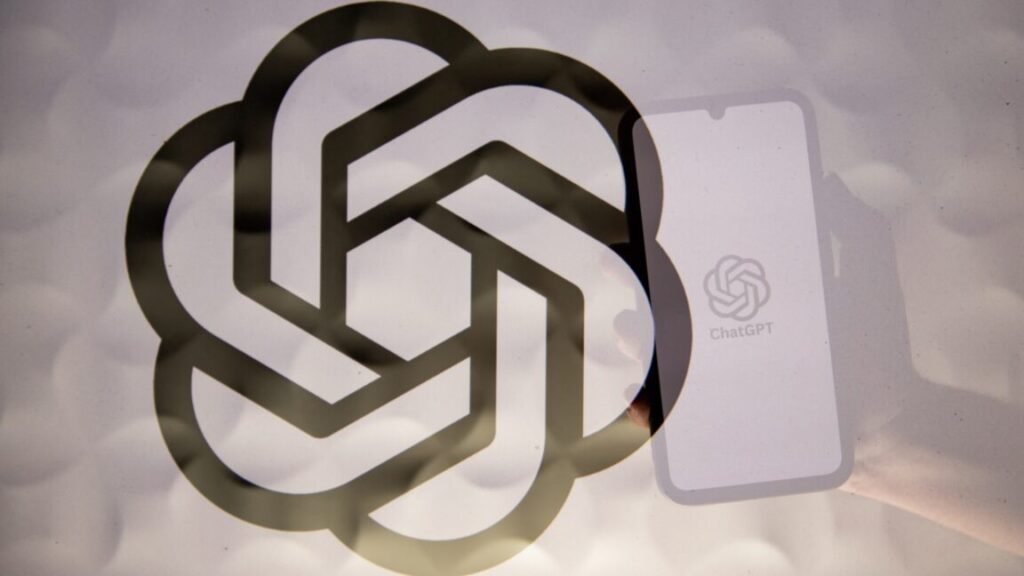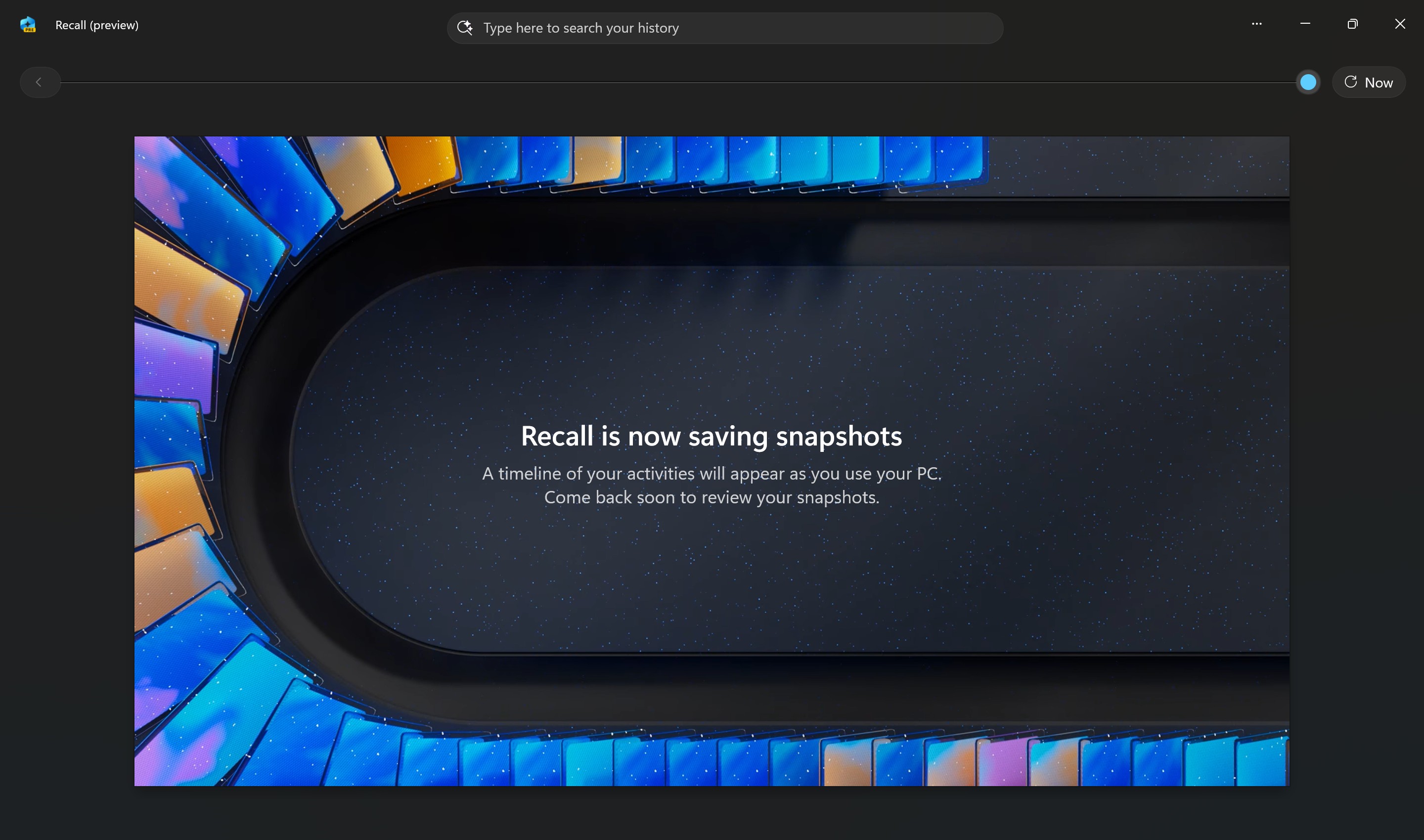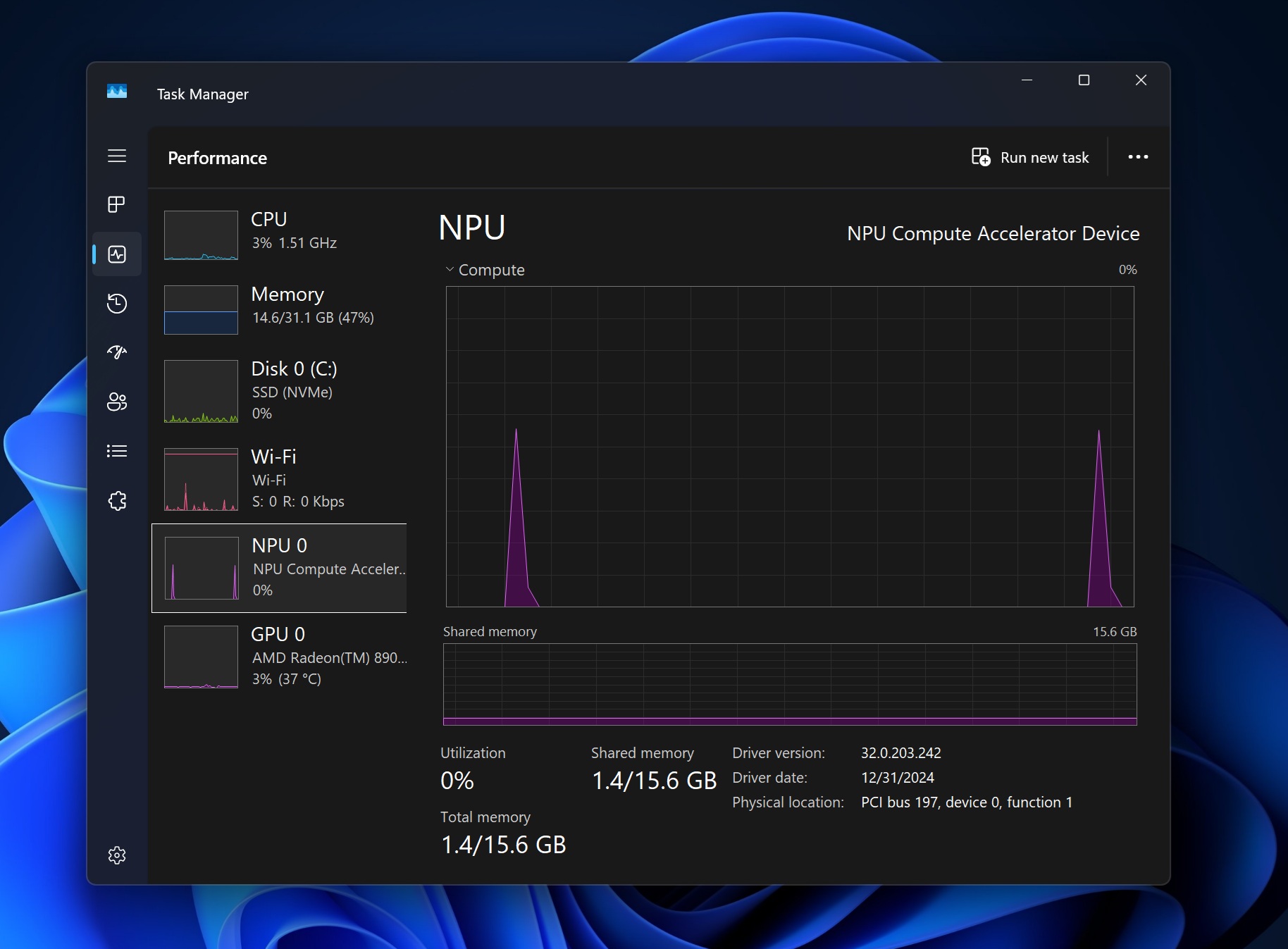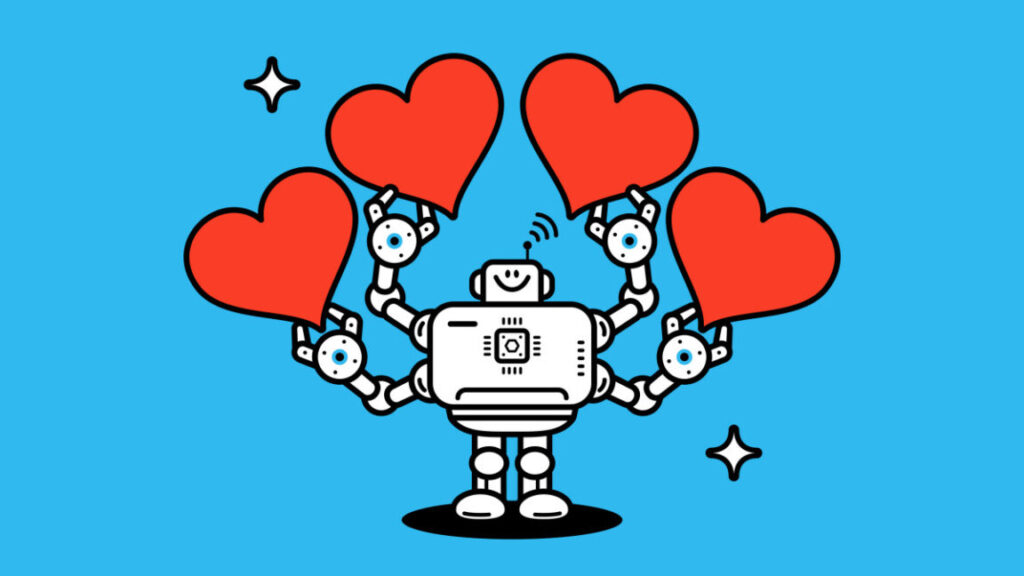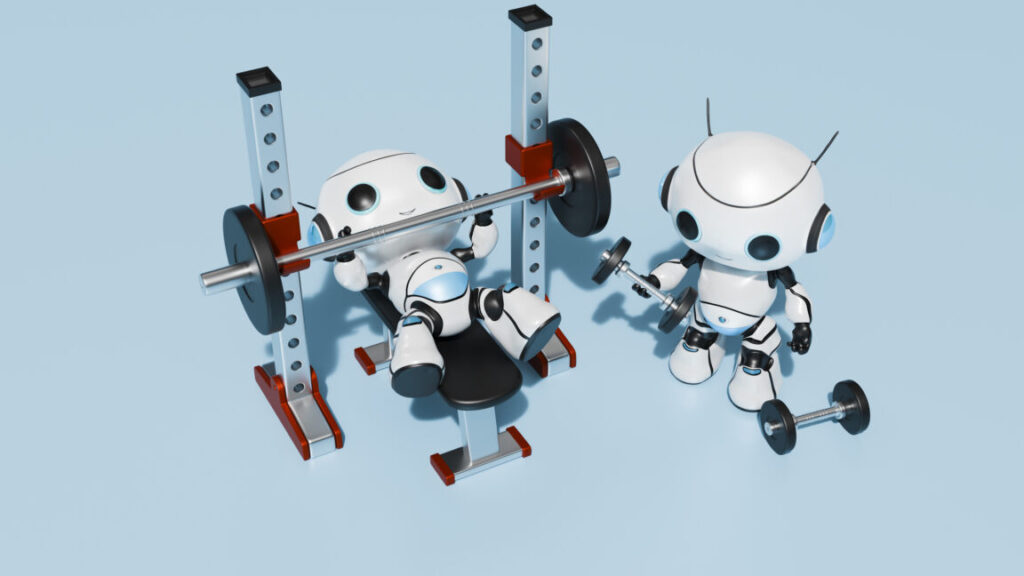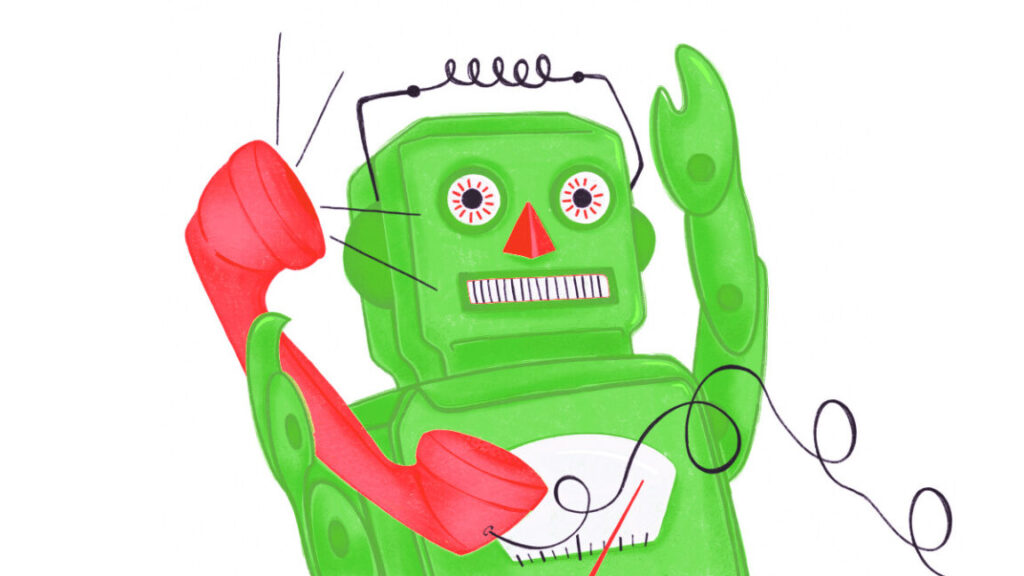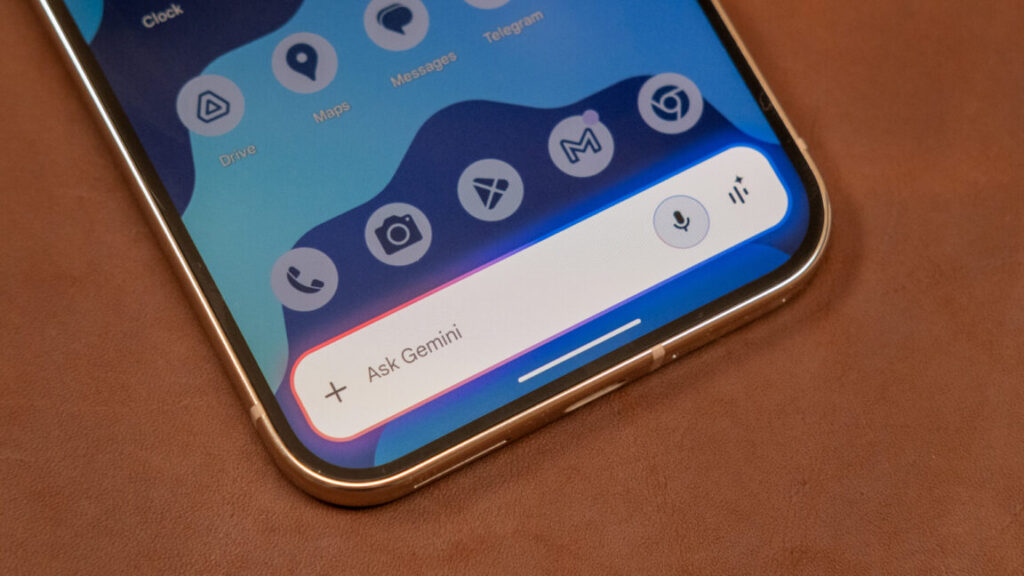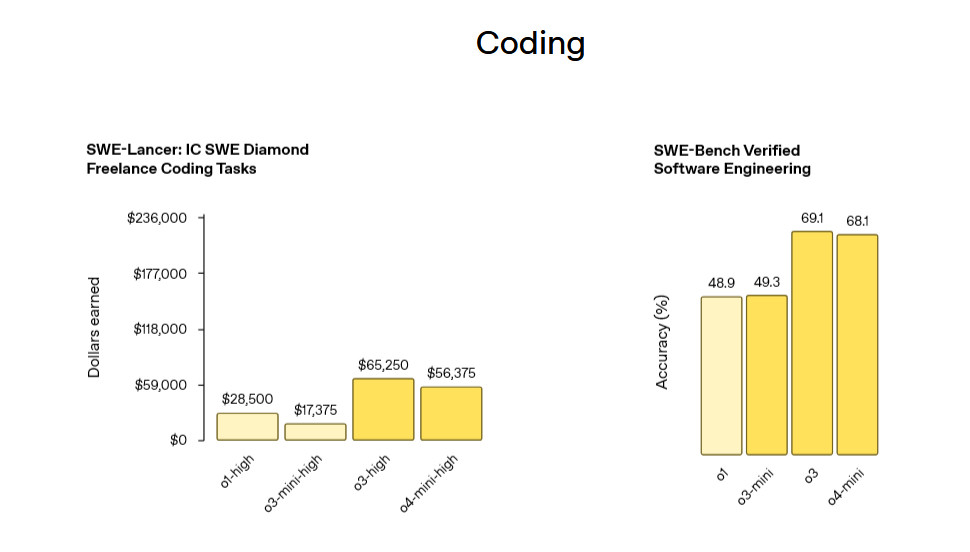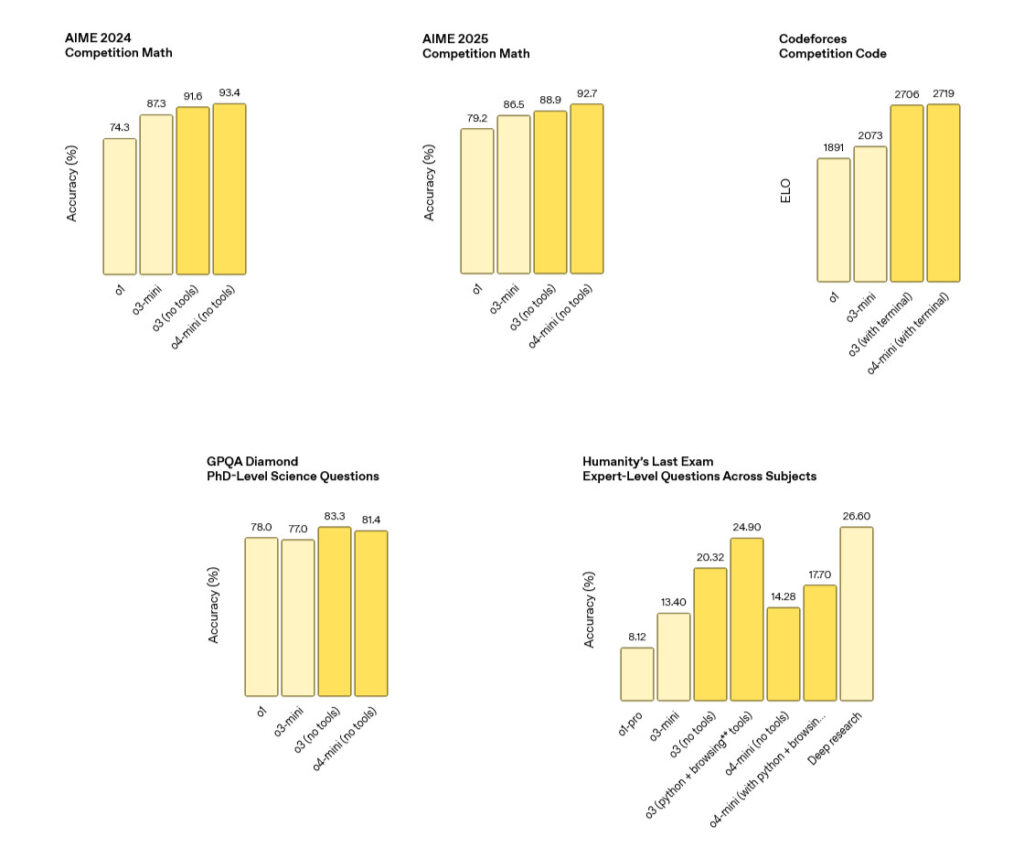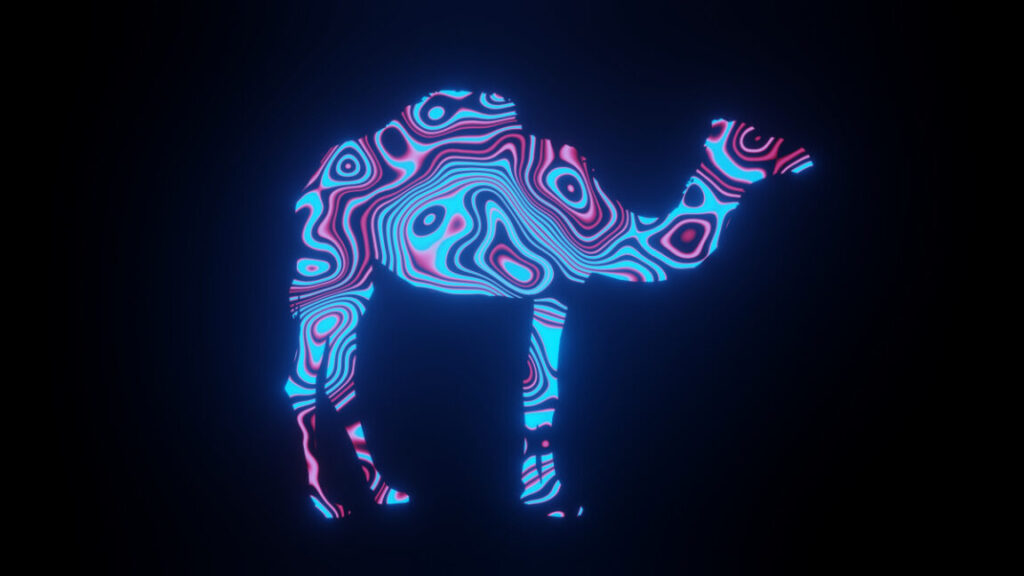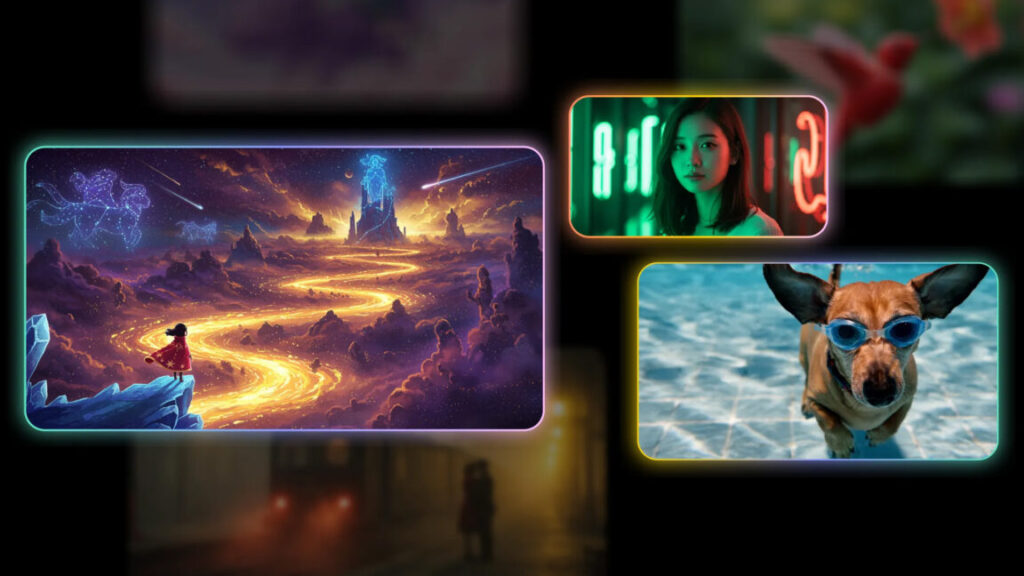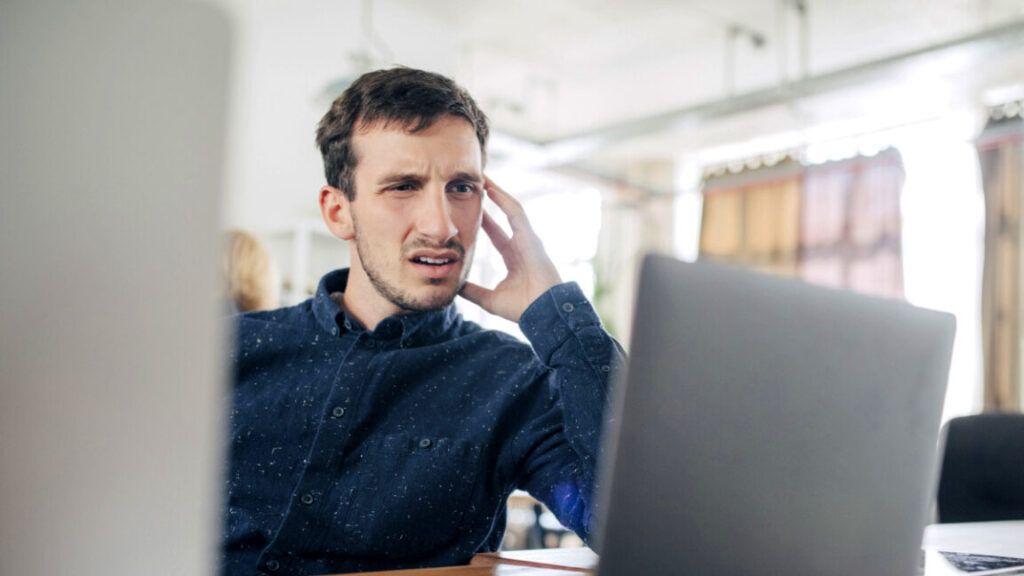OpenAI wants to buy Chrome and make it an “AI-first” experience
According to Turley, OpenAI would throw its proverbial hat in the ring if Google had to sell. When asked if OpenAI would want Chrome, he was unequivocal. “Yes, we would, as would many other parties,” Turley said.
OpenAI has reportedly considered building its own Chromium-based browser to compete with Chrome. Several months ago, the company hired former Google developers Ben Goodger and Darin Fisher, both of whom worked to bring Chrome to market.

Credit: Getty Images
It’s not hard to see why OpenAI might want a browser, particularly Chrome with its 4 billion users and 67 percent market share. Chrome would instantly give OpenAI a massive install base of users who have been incentivized to use Google services. If OpenAI were running the show, you can bet ChatGPT would be integrated throughout the experience—Turley said as much, predicting an “AI-first” experience. The user data flowing to the owner of Chrome could also be invaluable in training agentic AI models that can operate browsers on the user’s behalf.
Interestingly, there’s so much discussion about who should buy Chrome, but relatively little about spinning off Chrome into an independent company. Google has contended that Chrome can’t survive on its own. However, the existence of Google’s multibillion-dollar search placement deals, which the DOJ wants to end, suggests otherwise. Regardless, if Google has to sell, and OpenAI has the cash, we might get the proposed “AI-first” browsing experience.
OpenAI wants to buy Chrome and make it an “AI-first” experience Read More »
